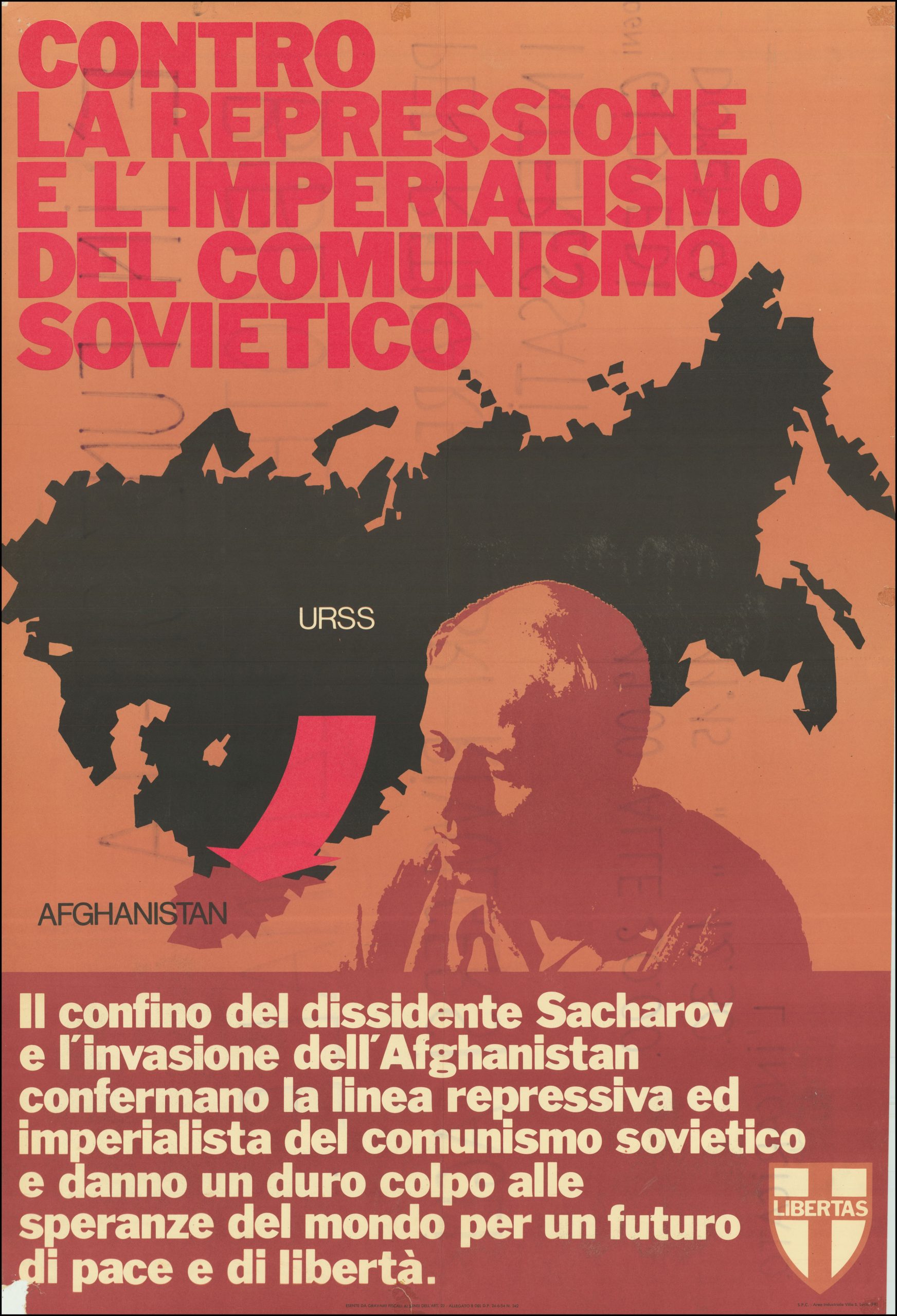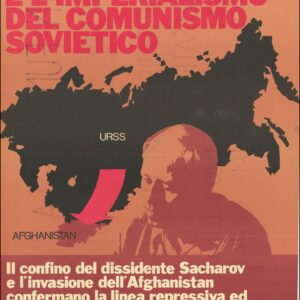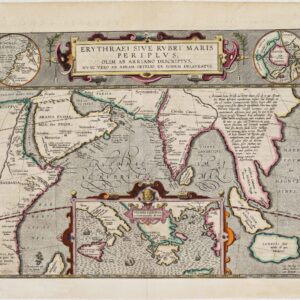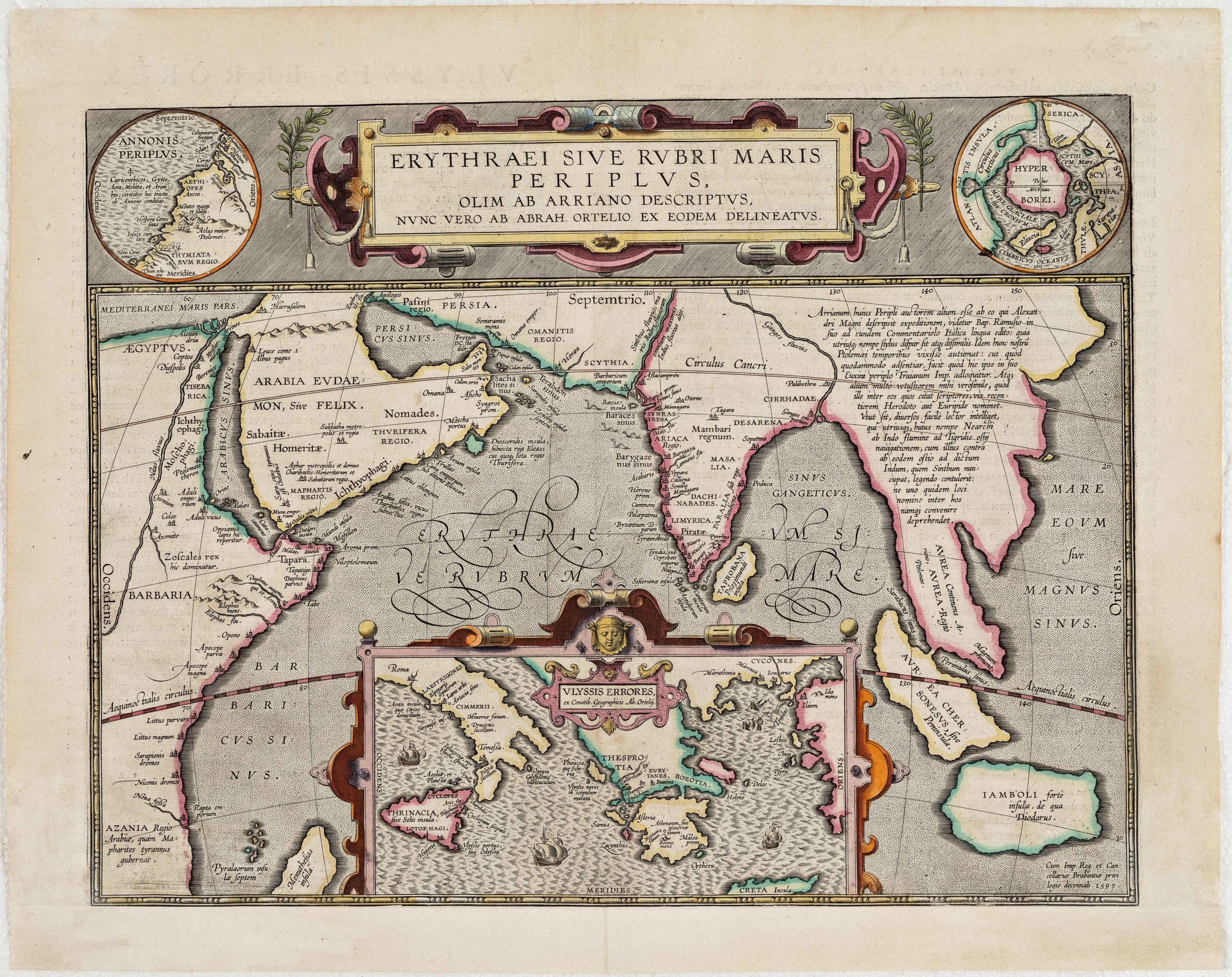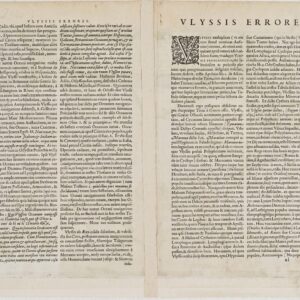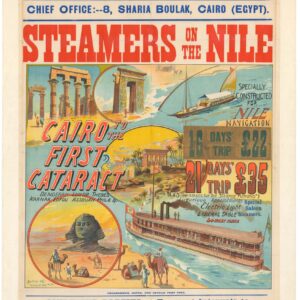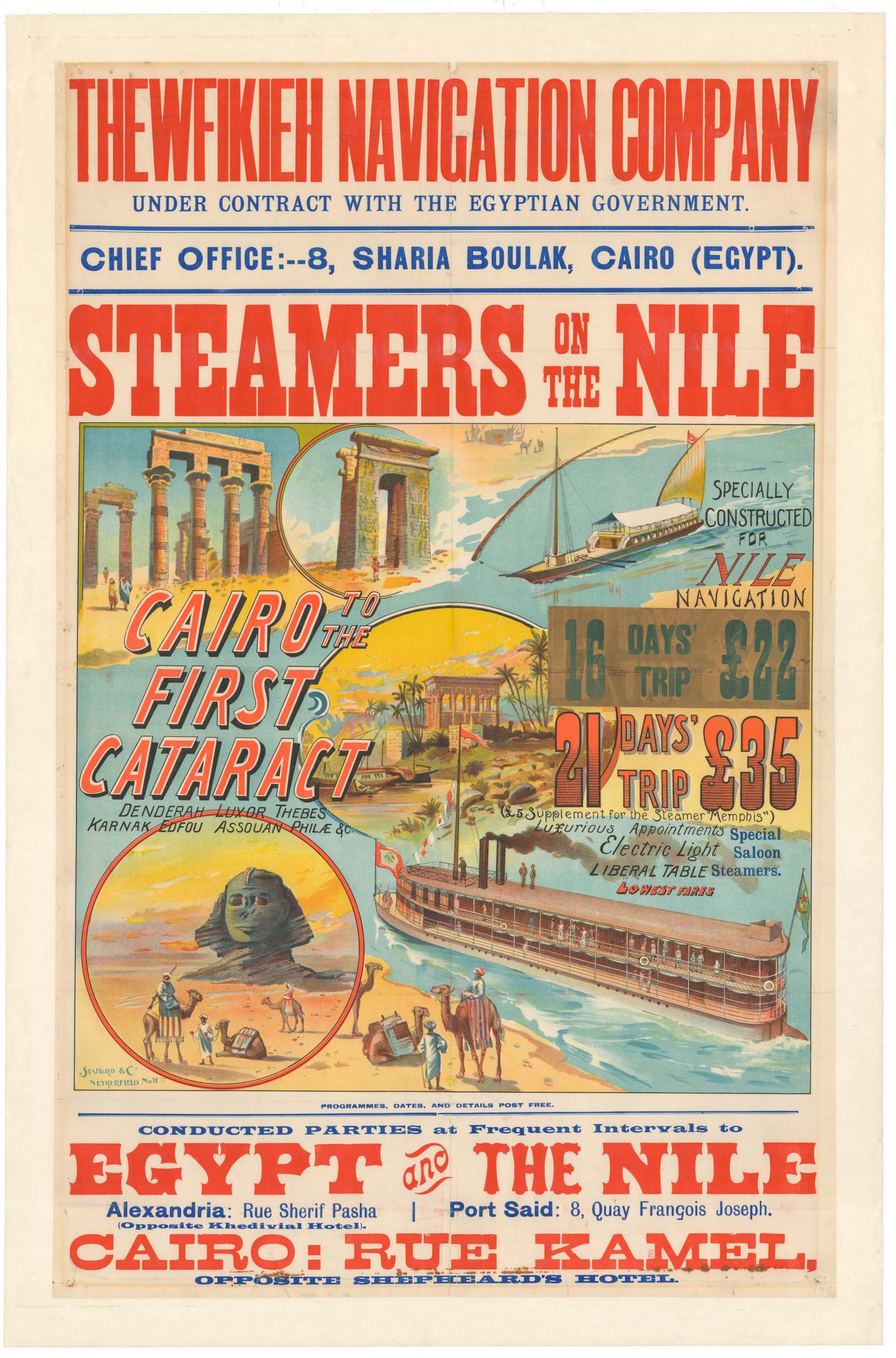Seeing the human body like it had never been seen before.
Der Mensch als Industriepalast.
Out of stock
Description
The iconic German poster, Der Mensch als Industriepalast (Man as an Industrial Palace), is an evocative illustration of the human body as a sophisticated machine, symbolic of the Industrial Age’s marvels. Workers are depicted at control panels resembling those in a power plant, managing the body’s central nervous and respiratory systems. Oxygen and carbon dioxide travel along automated bucket lines through pipes to and from the lungs. The heart is visualized as a pair of pistons, the stomach as a conveyor belt, and the spinal cord as a telephone system with operators directing calls. The poster was printed with Fricke & Co in Stuttgart, and Kahn deliberately chose a format large enough to appear life-sized.
Context is Everything
Fritz Kahn produced his most notable works in the post-World War I era, marked by social and political upheaval and great technological and artistic innovation.
This vibrant lithograph is one of several inserts from Das Leben des Menschen. The series established Kahn as Germany’s most famous popular science writer of the 1920s. Although a struggling artist, Kahn commissioned others to bring his ideas to life through illustrations. When the Nazis came to power, Kahn, who was Jewish, fled Germany. The regime banned and burned his books, yet ironically, Nazi authors plagiarized his work, adding chapters on supposed racial superiority. Kahn later lived in France, the United States, Switzerland, and Denmark. He died in 1968, largely forgotten. Today, Fritz Kahn is acknowledged as a pioneer in information graphics, using images and visual metaphors to convey information.
Cartographer(s):
Fritz Kahn was a German gynecologist who, in the 1920s, wrote a series of popular books entitled Das Leben des Menschen. These endeavored to explain biological science and medicine to a popular audience.
Just before Hitler rose to power in 1933, Kahn traveled to Palestine and, due to the political situation in Germany, settled in Jerusalem. In 1939, he left Palestine, passing through France and Portugal, before finally immigrating to the United States in early 1941 with the assistance of humanitarians Varian Fry and Albert Einstein.
After settling in New York, Fritz Kahn continued his work as a writer and illustrator, becoming one of the most prominent popular writers on medical and biological subjects. His works were translated into multiple languages. He gave lectures and appeared on radio broadcasts, addressing medical and popular scientific questions. The human body’s functions were a common theme in his writings, which included popular illustrated books such as “Our Sex Life” (1939), “Man in Structure and Function” (1943), and “The Human Body” (1966).
Condition Description
Very good.
References

